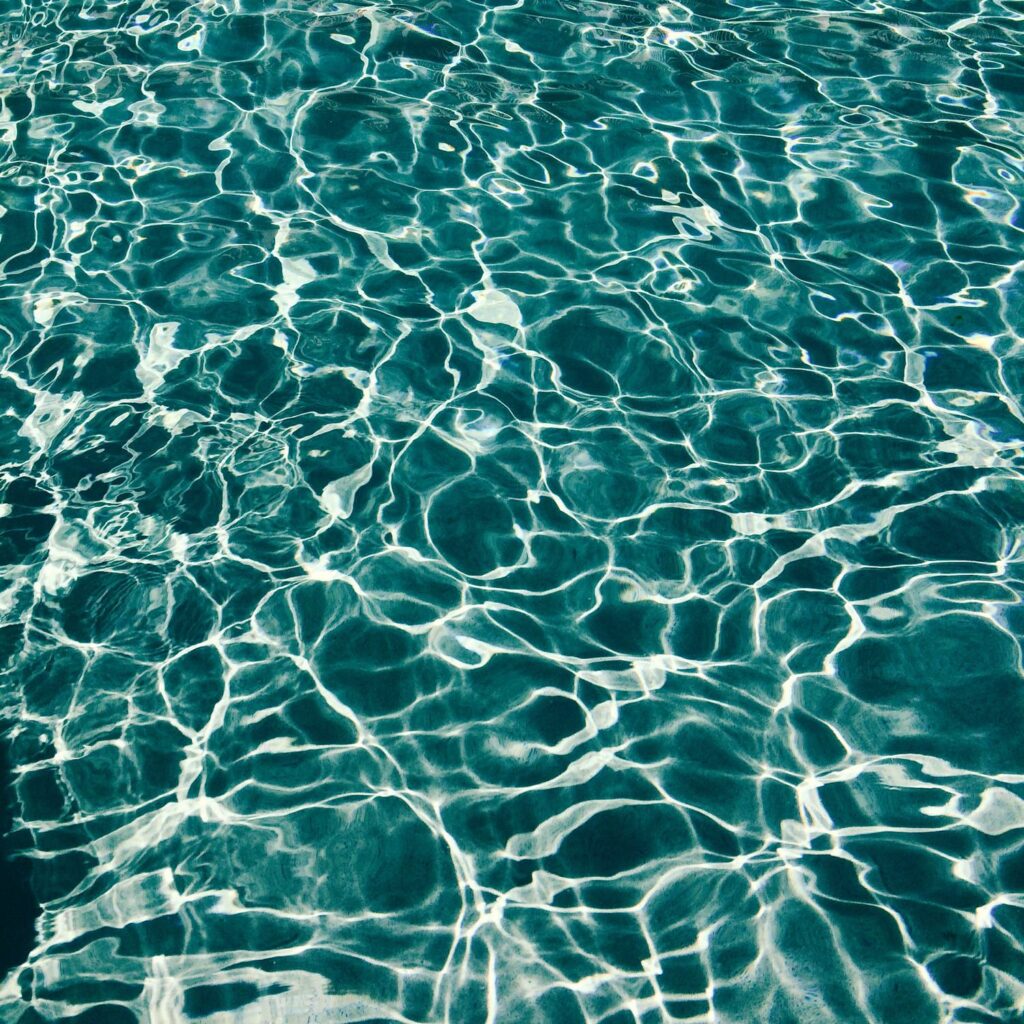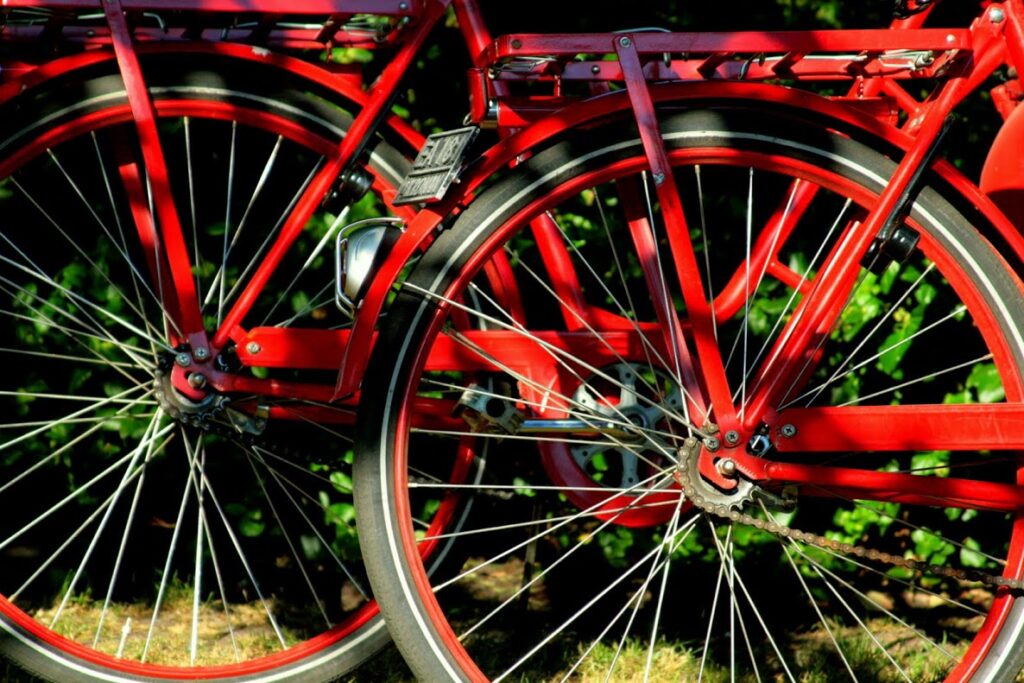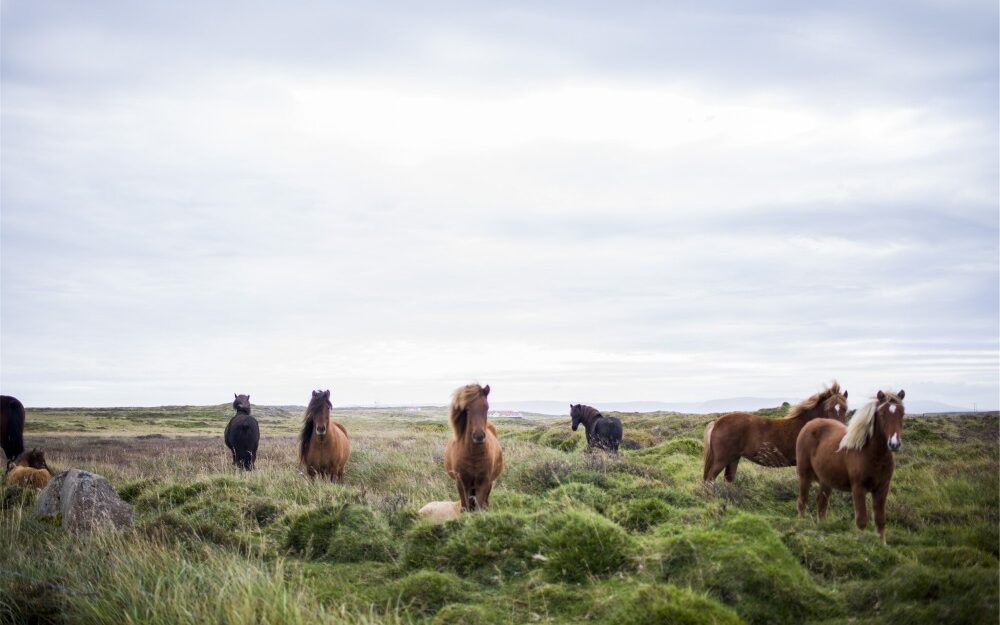The CSEAS Gender Equality Promotion Committee
The CSEAS Gender Equality Promotion Committee was established in 2016. Based on Kyoto University’s and CSEAS’s Action Plan for Gender Equality Promotion, we take the initiative to organize the following activities for the purpose of promoting gender equality and diversity.
About
The CSEAS Gender Equality Promotion Committee was established in 2016. Based on Kyoto University’s and CSEAS’s Action Plan for Gender Equality Promotion, we take the initiative to organize the following activities for the purpose of promoting gender equality and diversity.
- Organization of “Seminar on Gender Issues in Academia” and “Special Seminar: Frontiers of Gender Studies in Asia”: These seminars provide opportunities for the sharing of information and exchange of opinions on situations pertaining to gender equality promotion at overseas institutions, as well as overviews of the latest academic trends in, and discussions on, gender studies. We invite distinguished scholars from abroad who are part of CSEAS’s international network.
- Improvement of support system for CSEAS staff with small children: We give various kinds of support for child care during CSEAS-organized and -sponsored events. We also provide for the maintenance of child care space at CSEAS, and conduct regular inquiries to determine the basic child care needs of CSEAS staff.
- Publicity on HP:
We provide information and reports on seminars mentioned above (1) on the Committee’s HP.
Action Plan

Plan A
Due to the class and ideological discrepancies, the image of a Soviet woman was interpreted differently in the Soviet and Western academic literature, mass media and art. In the Soviet Union, it was typical to demonstrate only visible, considerable achievements in the field of emancipation and gender equality. In the eyes of the Western world, the image of a Soviet woman was also stereotyped bearing some critical connotation. Such opposing approaches in the interpretation of the image of a Soviet woman can be compared to an iceberg, when each side revealed only its visible tip, hiding the underwater block.

Plan B
The presentation examines the socio-political and cultural conditions that influenced the formation of films about women in the region. The author analyzes the features of the chronicle of women in the 1925-80s in the context of the prevailing ideology.

Plan C
This presentation examines the bilateral organization of kin in Southeast Asia and women’s active role in social and economic activities in all its complexity in a diverse and changing Southeast Asia. It is the bilateral kinship system that contributes to the consideration of Southeast Asia as a region that has certain shared practices and a region with a wide cultural span, diversity and hybridity.

Effort
The CSEAS Gender Equality Promotion Committee was established in 2016. Based on Kyoto University’s and CSEAS’s Action Plan for Gender Equality Promotion, we take the initiative to organize the following activities for the purpose of promoting gender equality and diversity.
The CSEAS Gender Equality Promotion Committee was established in 2016. Based on Kyoto University’s and CSEAS’s Action Plan for Gender Equality Promotion, we take the initiative to organize the following activities for the purpose of promoting gender equality and diversity.

Seminar on Gender Issues

Improvement of support system

Publicity on HP
News
The CSEAS Gender Equality Promotion Committee was established in 2016. Based on Kyoto University’s and CSEAS’s Action Plan for Gender Equality Promotion, we take the initiative to organize the following activities for the purpose of promoting gender equality and diversity.

Despite the fact that women outnumber men, as lecturers and students, in the universities in so many countries, they are still facing many problems relating to gender stereotypes and biases. The belief in the incompatibility between femininity and academic activities has influenced the perception and assessment of women as researchers/lecturers. This line of thinking reflects the cultural images of women in different cultures. The experiences and understanding regarding the impact of gender can be distinctive among women in the universities due to differences in social and class positions and the academic disciplines. Women in the academic world can have different views on the gender situation and its impacts and the approaches to deal with hierarchical genders. Although academic women are quite divisive, their contribution and presence will gradually change many beliefs and values of sexism. This presentation will depict the interaction between gender, intersectionality, sexism and the experiences of women as academics by pointing out several important issues and using the experiences or situations in Thailand and Japan to elaborate some of the points. The implication of the establishment of women’s studies as a distinctive arena for women’s academic activities will be addressed.
Seminar List

Special Seminar: Frontiers of Gender Studies in Asia
This presentation examines the bilateral organization of kin in Southeast Asia and women’s active role and economic activities in all its complexity in a diverse.

The 4th Seminar on Gender Issues in Academia
In Malaysia, women’s studies and gender studies are new fields struggling to be accepted as legitimate academic fields equal to mainstream disciplines.
